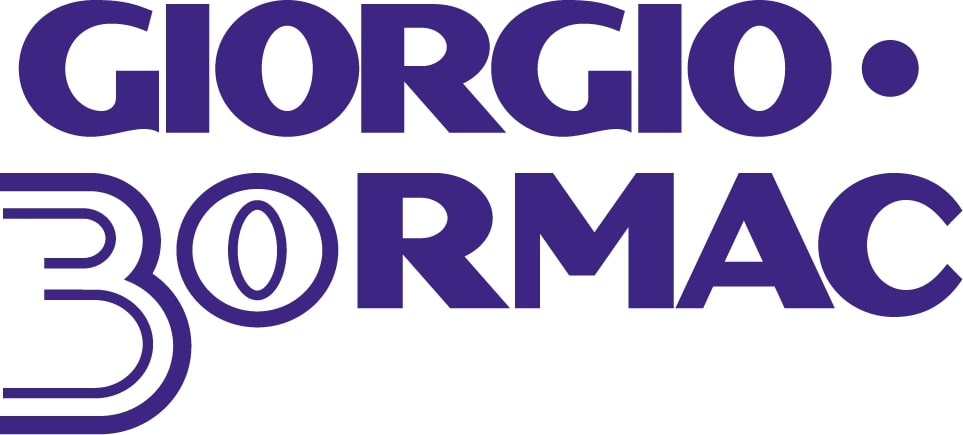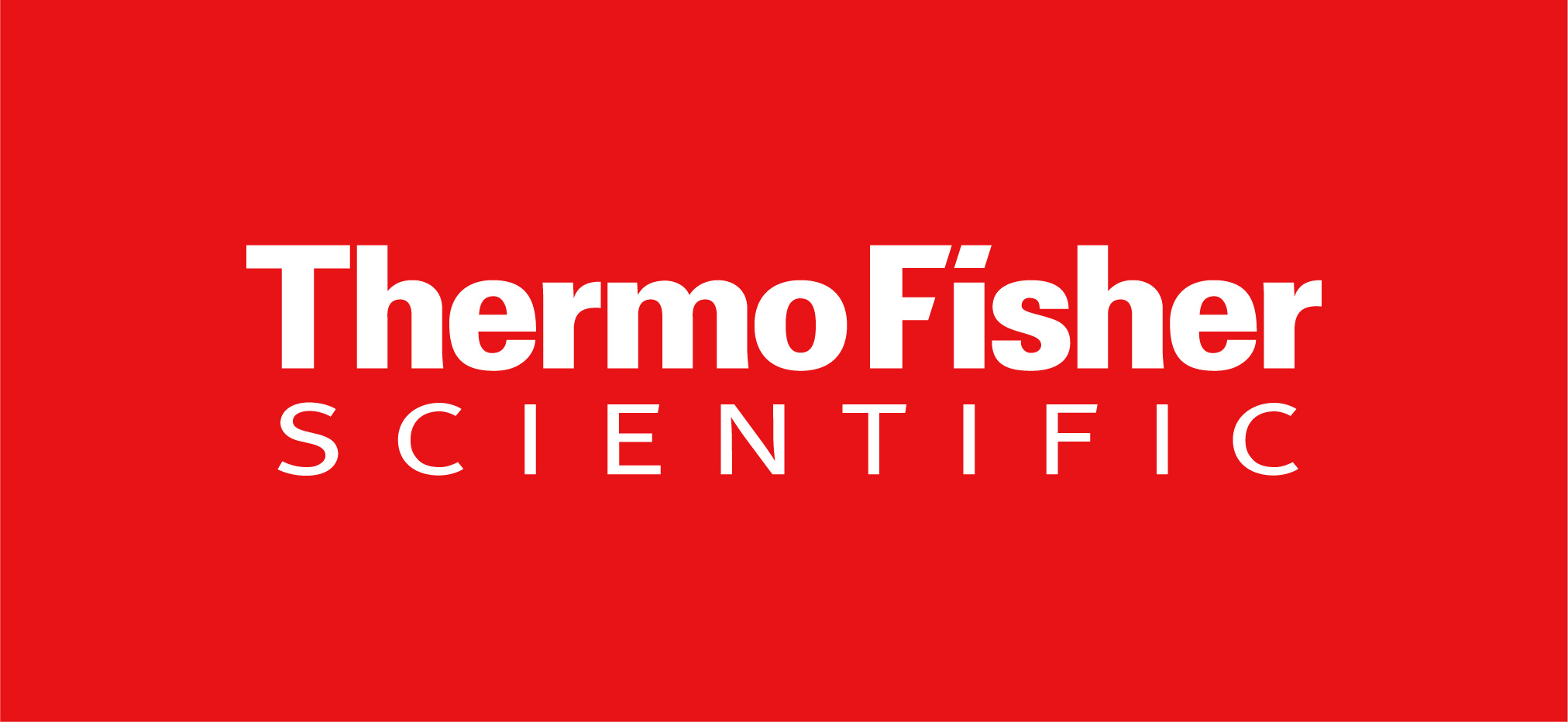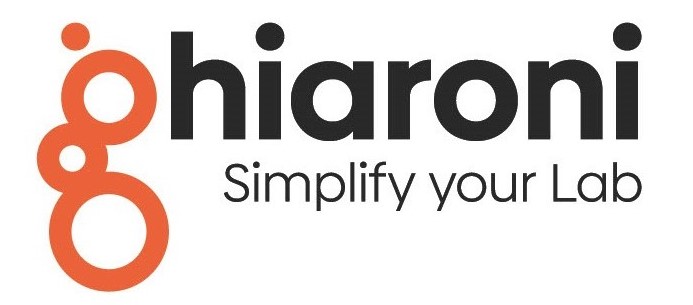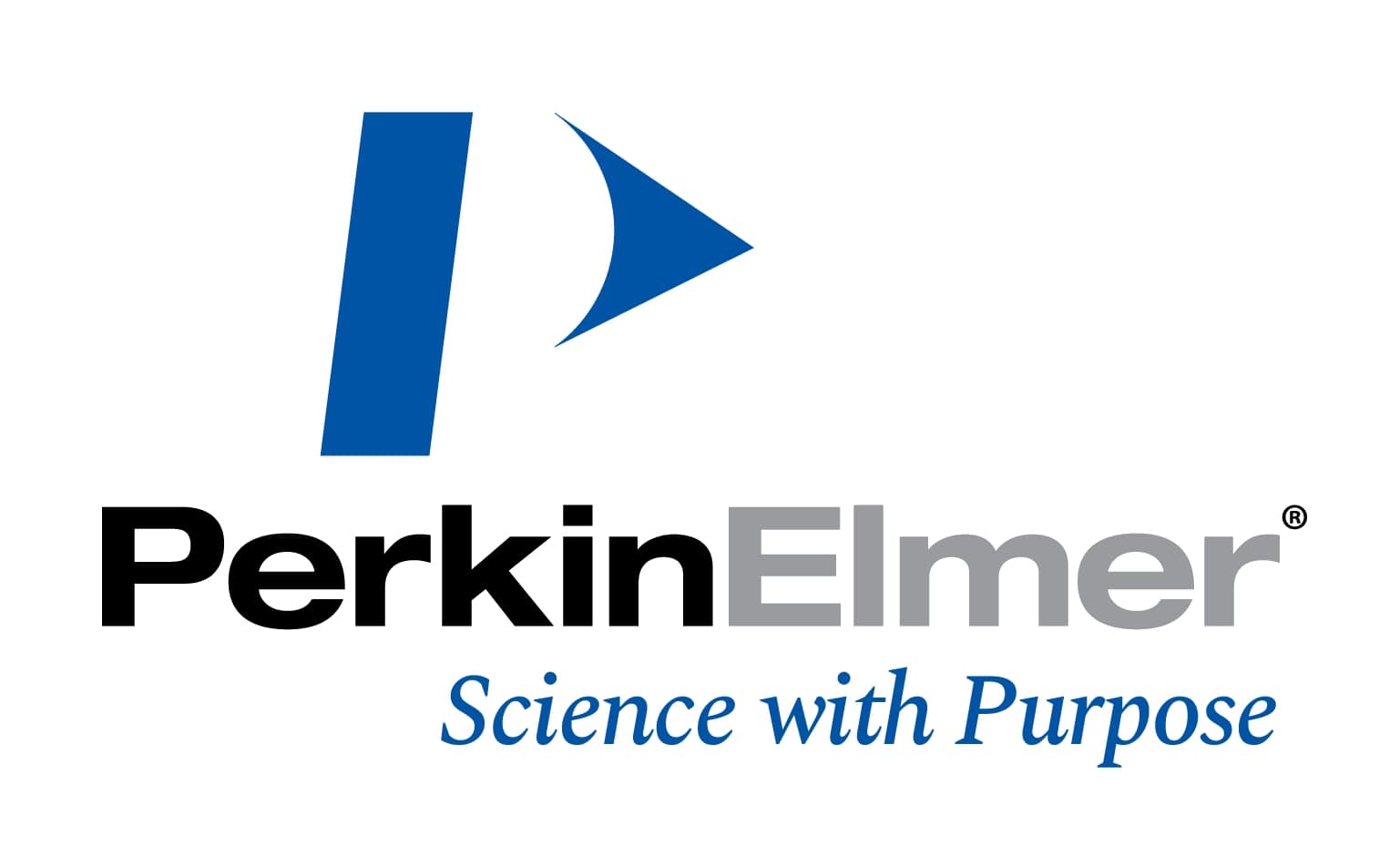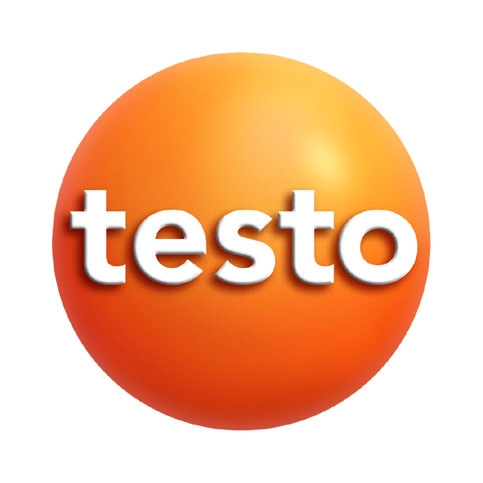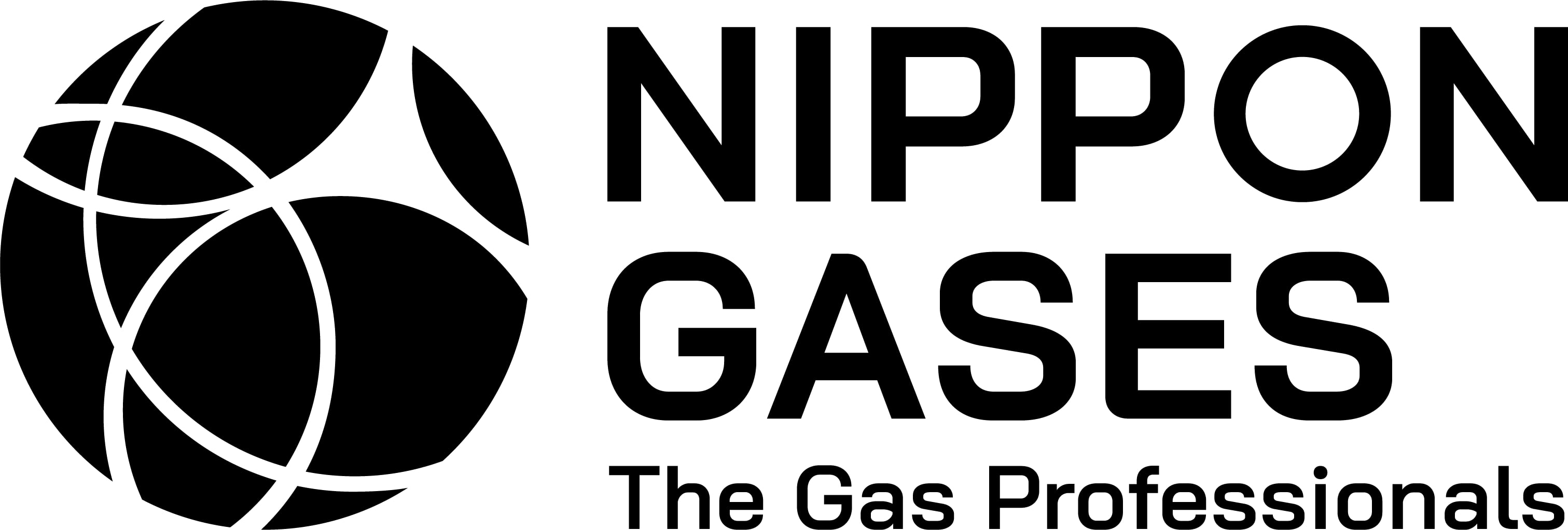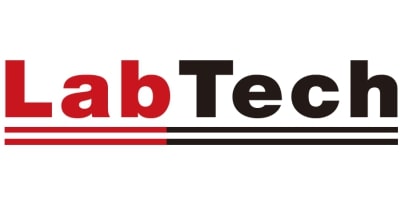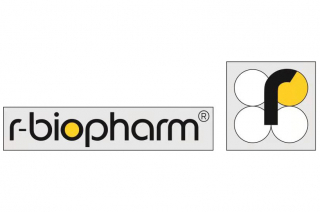
R-Biopharm Italia Srl
Via Morandi, 10 - 20077 Melegnano (Milan - Italy) +390298233330
|
Event organized by R-Biopharm International Group.
The R-Biopharm International Group has been active in the development and supply of analytical solutions for food and feed diagnostics for over 35 years.
The issue of food allergens is critically important to food safety and requires precise and reliable analytical methods to ensure products are safe for allergic consumers.
R-Biopharm offers various analytical techniques to support allergen management systems, each tailored to meet the specific needs of manufacturers, consumers, and regulatory bodies.
Allergen monitoring begins with the inspection of raw materials, including sourcing, transportation, and storage. It continues inside production facilities, where cleaning and sanitation procedures are applied to production lines and verified through surface and wash water analyses.
Finally, the process involves testing performed by service or official laboratories using accredited analytical methods.
R-Biopharm's portfolio includes various analytical technologies:
- Lateral flow tests with the bioavid and RIDA®QUICK lines: a qualitative, easy-to-use, rapid, and cost-effective method, ideal for on-the-spot allergen detection.
- ELISA immunoassay with the RIDASCREEN® line: a quantitative method that allows direct detection of allergenic proteins. This sensitive and automatable technology offers accurate evaluation of allergen levels in tested samples.
- Molecular biology with the SureFood® line: a qualitative and quantitative method based on DNA extraction and amplification using advanced instruments. It ensures precise allergen detection and quantification in samples.
R-Biopharm’s analytical solutions cover a wide range of needs for allergen management in the food industry. The variety of technologies offered enables accurate and comprehensive allergen monitoring throughout the entire food chain, ensuring food safety for producers, consumers, and quality control professionals.
Session Content
Artificial intelligence (AI) - technology that mimics human cognition through learning and decision-making—is transforming food safety management across multiple domains. This presentation examines the evolution of AI from its conceptual origins to its modern-day applications, driven by machine learning, big data, and automation.
The strength of AI concerning food safety lies probably in the advanced data management and integration, e.g. integrating real-time and historical data across silo’s, handling unstructured data and identification of meaningful patterns humans would miss. AI can predict risks before they materialize and supports the shift from reactive quality control to risk-based prevention.
In mycotoxin management, AI enhances analysis through rapid spectral data processing, predicts contamination risks using environmental modeling, enables real-time sorting, and supports precision agriculture via drone-based monitoring. External drivers such as climate change, shifting trade flows, and the rise of plant-based diets amplify the urgency for AI-driven solutions.
In allergen testing, AI helps interpret the vast datasets generated by untargeted LC-MS/MS screening, identifying trace allergens in complex food matrices with greater speed and accuracy. This will enable real-time monitoring, rapid interventions, and faster corrective actions. Combined with spectroscopic techniques, AI enables non- destructive, high-throughput screening and supports predictive modeling of cross-contamination risks in production environments.
In combating food fraud, AI analyzes supply chain data to detect anomalies, authenticate ingredients via spectral fingerprinting, and integrate with blockchain systems for traceability. These tools help identify economically motivated adulteration and ensure product integrity.
In microbiological safety, AI supports rapid pathogen detection through image-based colony recognition, genomic data analysis, and predictive modeling of microbial growth under varying conditions. It also aids in outbreak tracing by analyzing epidemiological and genomic data in real time.
Across all domains, AI is increasingly used for trend monitoring, identifying emerging risks and patterns in contamination, consumer complaints, and regulatory non-compliance. AI adds improved accuracy and consistency. This enables proactive interventions and more agile food safety strategies. Nevertheless, there are currently several limitations like data quality and availability, limited labelled training data, lack of standards and validation, and others.
Looking ahead, AI holds promise for global risk mapping, portable on-site diagnostics, end-to-end supply chain transparency, and smart farming or production innovations such as autonomous interventions. Despite challenges like data accessibility, standardization, and cross-sector collaboration, AI’s integration into food safety systems offers a path toward more resilient agriculture and safer food.
![]() The event will be held in English
The event will be held in English
| Speaker |
|
|
|
|
ATTENTION: The registration for the conference does not include the entrance ticket for Cibus Tec Forum. Click here to register and download your free ticket |


